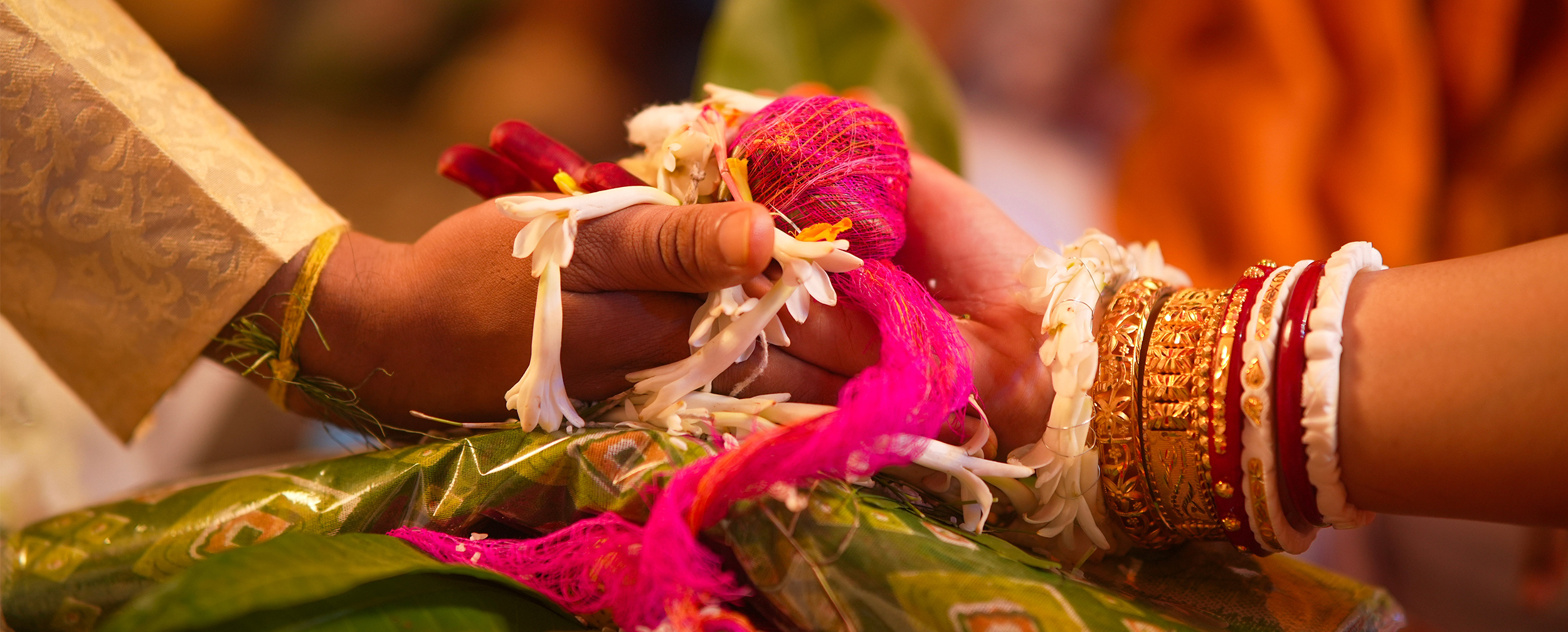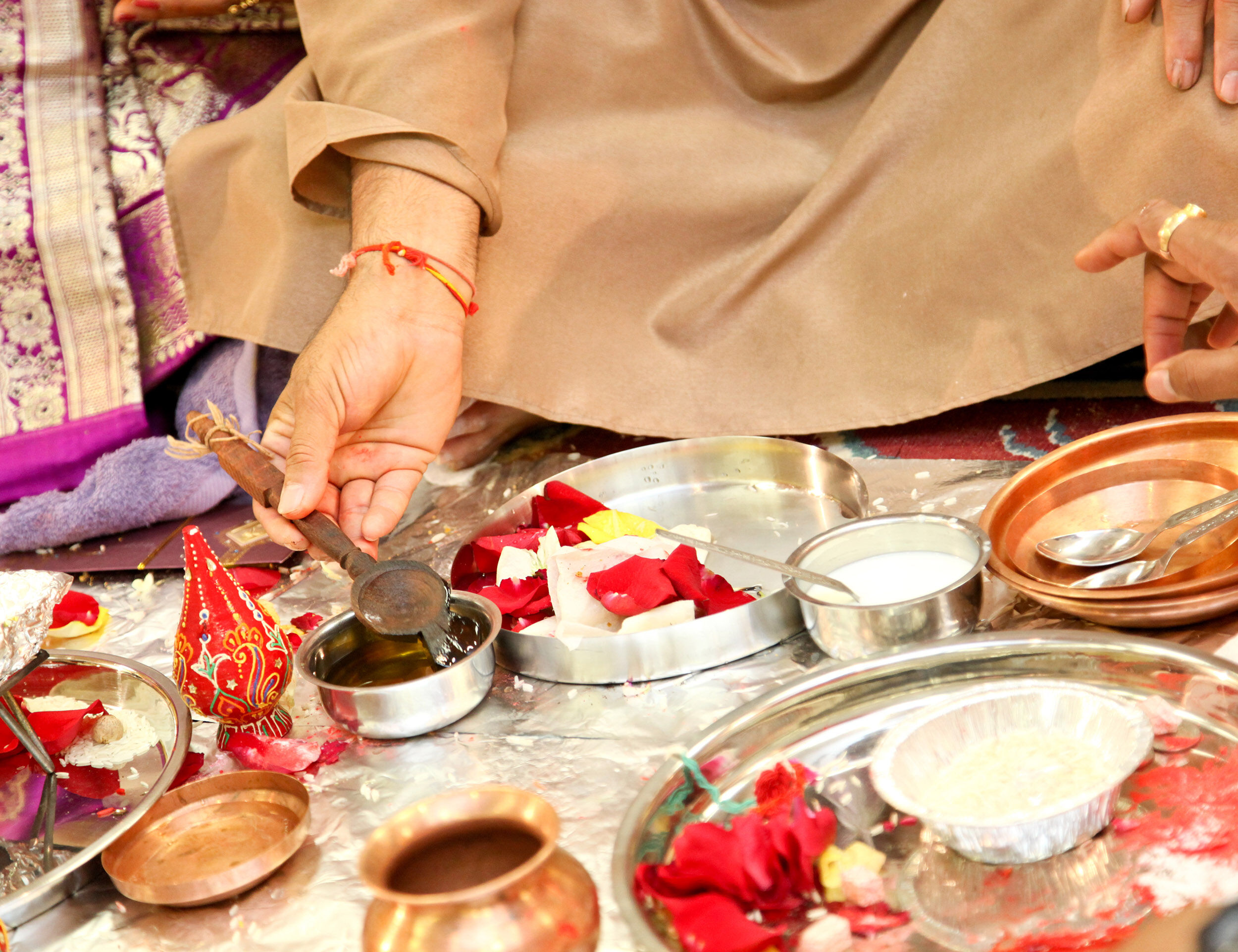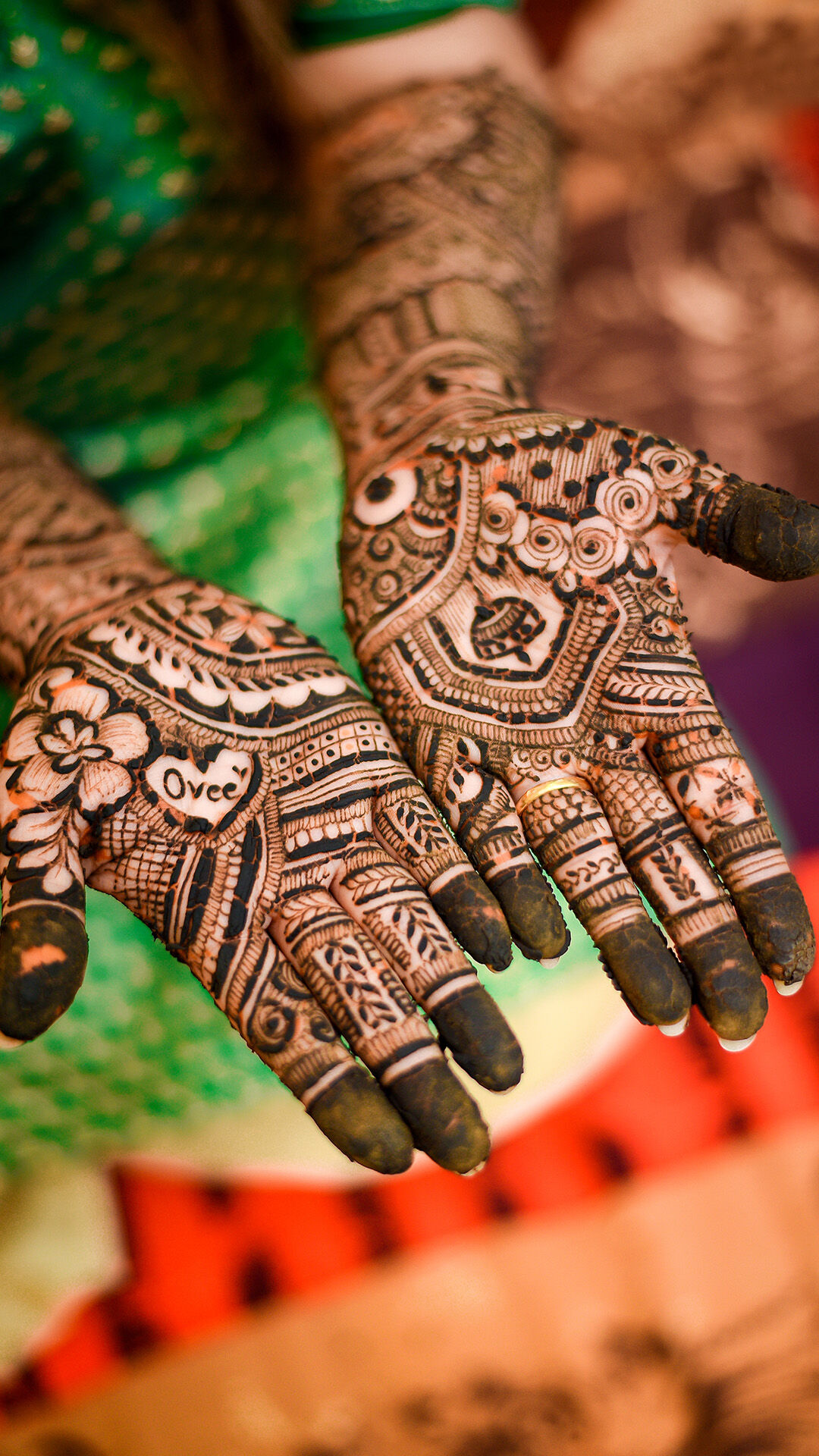STORIES BY MANYAVAR & MOHEY

Lifestyle
10 Timeless Indian Wedding Traditions You Must Know
Date 30 July 2025 Reading time: 7-10 mins
From the vibrant pre-wedding celebrations to the solemn circles around the sacred fire, Indian wedding traditions weave together a captivating blend of timeless customs and modern elegance. Each ritual is imbued with profound significance, symbolising not only the union of two individuals but also the merging of two families.
As you embark on your planning journey, delving into these traditional Indian wedding customs offers a chance to craft a celebration that pays homage to your heritage while showcasing your personal flair.
Join us as we uncover 10 cherished Indian wedding rituals that render every occasion truly memorable.
Understanding the Importance of Indian Wedding Traditions
Indian wedding traditions are the cultural soul of a celebration. Rooted in centuries-old customs, each tradition represents not just joy and festivity, but the deeper ideals of love, family, duty, and spiritual connection. From the sacred saat phere to the emotional bidaai, these rituals guide the couple through the stages of union, promising not only personal growth but also familial harmony.
By understanding and embracing these customs, couples don't just celebrate their union—they honour their ancestry, strengthen their identity, and preserve a vibrant heritage for future generations.
1. 10 Popular Indian Wedding Traditions You Should Know
Indian wedding traditions are a beautiful blend of emotion, symbolism, and celebration. Dive into the top 10 customs everyone should know!
Roka Ceremony: The Official Beginning
The roka ceremony marks the formal union of two families and is often the first traditional Indian wedding ritual in the timeline. It’s a simple yet heartfelt gathering where the bride and groom's families exchange gifts, sweets, and blessings, affirming their intention to proceed with the alliance. Symbolic of mutual acceptance, the roka sets the foundation for all upcoming celebrations and is often followed by setting the wedding date.
Mehendi Ceremony: A Colourful Indian Wedding Ritual
The mehendi ceremony stands as one of the most beloved Indian wedding traditions, marked by vivid hues and intricate artistry. Typically held a day or two before the wedding, this joyous gathering unites the bride’s closest female friends and family. Skilled artists apply elaborate henna designs to the bride’s hands and feet, with each pattern symbolising blessings for a prosperous married life.
Laughter and conversation fill the air, mingling with the earthy scent of henna as bonds are reinforced. Indian wedding traditions hold that a deeper henna stain signifies a stronger bond between the couple. Today, this event has transformed into a festive affair, complete with music, dance, and even personalised henna keepsakes for guests.
Sangeet Ceremony: The Musical Tradition
The sangeet ceremony is a spirited Indian wedding tradition that has soared in popularity in recent times. Held the evening before the wedding, this musical celebration brings both families together for an evening of song, dance, and unrestrained delight.
From carefully rehearsed performances to spontaneous musical interludes, the sangeet offers a moment for all to revel in the joy of the impending union. The bride and groom often steal the spotlight, displaying their choreography and connection amid enthusiastic applause.
Haldi Ceremony: The Purifying Ritual
A treasured Indian wedding tradition, the haldi ceremony unfolds on the morning of the wedding day. Family members lovingly anoint the bride and groom with a paste of turmeric, sandalwood, and rosewater—a golden mixture believed to cleanse, bless, and bestow a luminous glow upon the couple while warding off malevolent forces.
This ritual brims with light-hearted teasing and warmth, as relatives playfully smear the paste on the couple’s faces. It’s a tender scene that underscores the family’s affection and encouragement as the pair prepares to embark on their new chapter together.
Baraat: The Groom’s Procession
Among the most anticipated traditional Indian wedding customs is the baraat—the groom’s exuberant procession to the wedding venue. Accompanied by family, friends, and a lively band, the groom makes a grand entrance, often astride a decorated horse or in a vintage car.
The baraat bursts with colour, rhythm, and dance, with guests swaying to the resonant beats of the dhol. The bride’s family greets the groom with the aarti, rooted in traditional Indian wedding customs and a tilak on his forehead, heralding his arrival with fanfare.
Jaimala: The Exchange of Garlands
The jaimala, or varmala, is a poignant Indian wedding tradition wherein the bride and groom exchange garlands, signifying their mutual acceptance as life partners. Conducted on a beautifully adorned stage, this ceremony resonates with cheers and blessings from gathered loved ones.
As the couple drapes fragrant garlands around each other’s necks, they quietly pledge to support one another through life’s highs and lows. It’s an emotional milestone that marks the inception of their shared journey.
Mandap Ceremony: The Sacred Fire Ritual
The mandap ceremony lies at the heart of Indian wedding traditions, encompassing the most sacred rituals beneath an elegantly decorated canopy. Adorned with flowers and fabrics, the mandap serves as the hallowed space where the couple’s union is consecrated. Key ceremonies unfold here, including the giving away of the bride and the kindling of the sacred fire, which stands as a divine witness to their vows.
Among these is the deeply moving kanyadaan, a revered Indian wedding ritual where the bride’s parents entrust her to the groom, symbolising the transition of care and responsibility. This is a moment steeped in Indian wedding traditions and sentiment.
Saat Phere: The Seven Vows
The saat phere, or seven circuits around the sacred fire, is deemed the cornerstone of all Indian wedding rituals. Each step represents a solemn vow, as the couple commits to love, honour, and uphold one another throughout their lives.
With every circle, their promises—ranging from mutual support to enduring life’s joys and trials together—fortify their bond. Following this, the groom adorns the bride with a mangalsutra and applies sindoor to her forehead, cherished traditional Indian wedding customs that signify her new role as a wife, with the necklace and vermilion mark embodying their everlasting devotion.
Bidaai: The Farewell of the Bride
Bidaai is a heartrending Indian wedding tradition, marking the bride’s departure from her family home to begin life with her husband. This emotional farewell is filled with tears, embraces, and tender blessings as her loved ones bid her adieu.
Clad in her bridal finery, the bride takes tentative steps toward her new life, often casting wistful glances back at her family. It’s a poignant reflection of marriage’s dual nature—the joy of a fresh start tempered by the sorrow of parting from the familiar.
Reception: The Grand Finale
Held after the wedding, the reception is a grand celebration hosted by the groom’s family to introduce the newlyweds to extended relatives and friends. This post-wedding tradition blends elegance with festivity, featuring lavish décor, elaborate cuisine, and lively entertainment. While not rooted in religious practice, the reception is now an essential part of Indian wedding customs, offering a joyous endnote to days of rituals and ceremonies.
2. Cultural Indian Wedding Practices: A Deeper Look
Another cherished Indian wedding tradition is the griha pravesh, where the bride is warmly welcomed into her new home by her in-laws. This uplifting ceremony features Indian wedding rituals designed to bless the couple and ease their transition into married life.
Upon arrival, the couple is greeted with an aarti and a shower of petals, while the bride may tip over a rice-filled kalash, symbolising prosperity and abundance. The griha pravesh beautifully heralds the start of their journey together, enveloped in familial love and support.
3. Traditional Indian Wedding Customs: Their Significance
Traditional Indian wedding customs extend beyond rituals; they are eloquent expressions of cultural heritage and values. From the mehendi’s intricate designs to the griha pravesh’s warm welcome, each practice carries profound meaning, reflecting the couple’s dedication, familial blessings, and communal unity. These customs fortify kinship ties, pay tribute to forebears, and call forth divine favour for a thriving marriage.
Celebrating Love and Tradition
Indian wedding traditions form a splendid mosaic of rituals and customs, handed down through the ages. Though regional variations abound, their core remains a celebration of love, unity, and familial bonds.
As you plan the ceremonies, you hold the freedom to embrace these Indian wedding rituals in a manner that resonates with your identity. Whether adhering closely to traditional Indian wedding customs or infusing them with a modern touch, the essence lies in a celebration that mirrors your love story and cherished principles.
When selecting your wedding attire, explore the stunning collections at Manyavar and Mohey. From exquisite traditional sarees to traditional dresses for men and Indo-western sherwanis, they offer everything to ensure you shine on your special day, reflecting your style while honouring the enduring allure of Indian wedding rituals.







